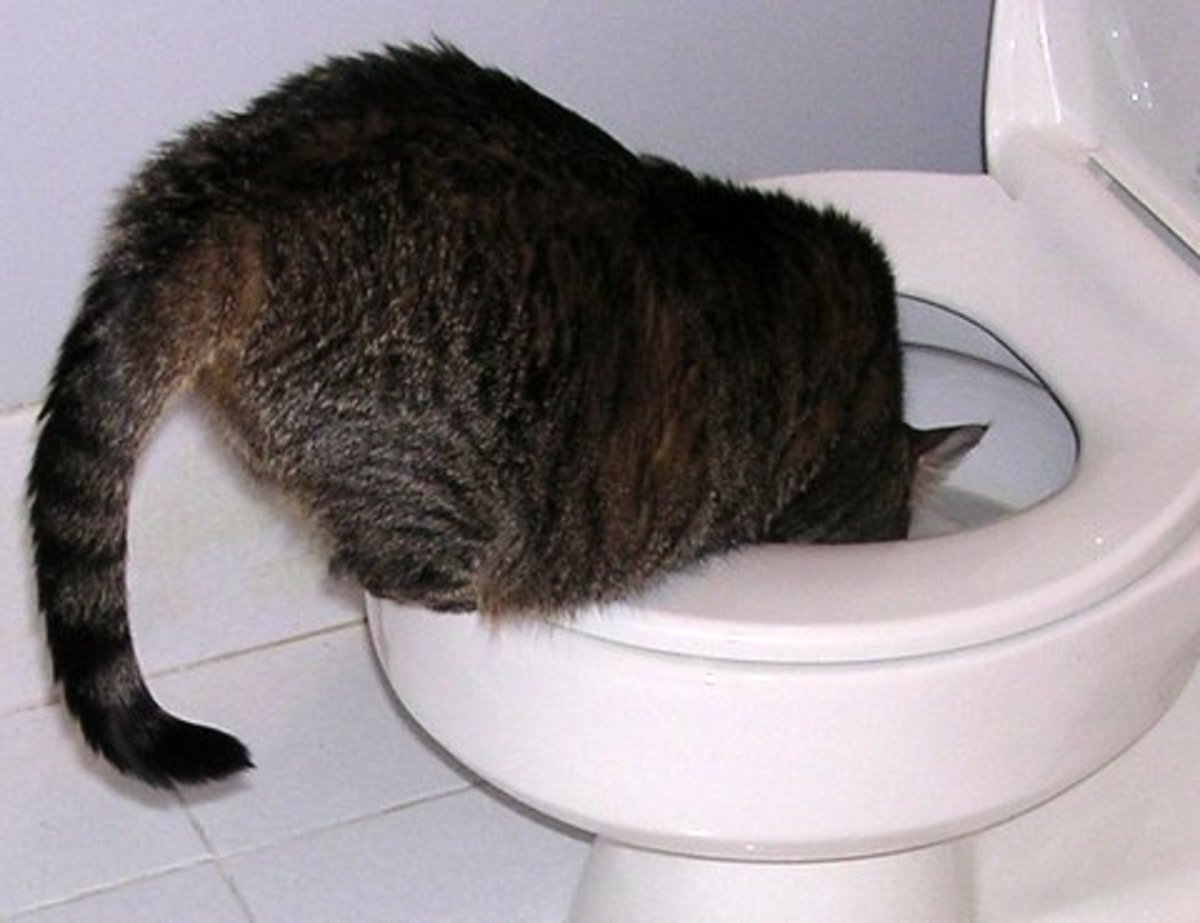Essential Reasons Why Animal Waste Needs to Never Be Flushed Down the Toilet
Essential Reasons Why Animal Waste Needs to Never Be Flushed Down the Toilet
Blog Article
The article in the next paragraphs involving 10 Things You Should Never Flush Down The Toilet is absolutely attention-grabbing. Don't skip it.

When it involves taking care of waste, particularly animal waste, many individuals commonly turn to the hassle-free option of flushing it down the commode. However, this relatively very easy solution can have severe effects for the environment and public health. In this short article, we'll check out why flushing animal waste down the toilet is a poor concept and give alternative methods for appropriate disposal.
Intro
Proper waste disposal is vital for keeping ecological sustainability and public health. While it might seem harmless to flush animal waste down the bathroom, it can cause numerous issues, both for the environment and human well-being.
Risks of flushing animal waste
Environmental effect
Flushing animal waste introduces damaging germs and microorganisms into waterways, which can negatively influence marine ecological communities. These microorganisms can contaminate water resources and injury aquatic life, interrupting delicate ecosystems.
Public health issues
Animal waste consists of dangerous germs such as E. coli and Salmonella, which can pose severe health threats to humans. Purging pet waste down the bathroom can infect water supplies, bring about the spread of illness and infections.
Alternatives to flushing
As opposed to purging animal waste down the bathroom, there are a number of different disposal methods that are much more eco-friendly and sanitary.
Composting
Composting pet waste is an eco-friendly means to dispose of it. By composting, organic matter is broken down right into nutrient-rich dirt, which can be made use of to feed yards and plants.
Land fill disposal
Dealing with animal waste in a landfill is another alternative. While not as eco-friendly as composting, it is a safer alternative to flushing, as it prevents the contamination of water resources.
Family pet waste disposal systems
There are specialized pet dog garbage disposal systems available that securely and hygienically throw away animal waste. These systems often make use of enzymes to break down waste and remove odors.
Actions to appropriate pet waste disposal
To ensure appropriate disposal of animal waste, comply with these actions:
Scooping and landing waste
Consistently scoop and bag pet waste making use of naturally degradable bags. This avoids waste from contaminating the setting.
Utilizing designated waste containers
Dispose of bagged animal waste in marked waste bins, such as garden compost bins or land fill containers. Avoid flushing it down the commode whatsoever prices.
Cleaning can and pet locations routinely
On a regular basis clean litter boxes and family pet locations to stop the buildup of waste and germs. Usage pet-safe cleaning products to preserve hygiene.
Advantages of correct disposal approaches
Embracing appropriate disposal techniques for pet waste uses several advantages:
Minimized environmental pollution
Proper disposal techniques read more minimize the risk of environmental pollution, shielding waterways and ecosystems from contamination
Lessened threat of water contamination.
By avoiding flushing pet waste down the commode, the risk of water contamination is dramatically reduced, securing public health.
Enhanced cleanliness and health
Correct disposal methods promote better cleanliness and hygiene, producing a much safer atmosphere for both people and pets.
Final thought
To conclude, purging animal waste down the bathroom is damaging to the atmosphere and public health. By embracing alternative disposal methods and adhering to correct waste management techniques, we can decrease the unfavorable impact of pet waste and add to a cleaner, healthier earth.
What To Do With Dog Poo – The Do's And Don'ts Of Disposing Of Faeces
Dog poo bins
Some councils provide dedicated dog waste bins in popular dog-walking areas that can take dog poo that has been bagged but you can legally dispose of dog waste in any public litter bin, as long as it is securely bagged. This also applies to your wheelie bin at home.
Do not flush
Water companies do not recommend flushing dog faeces down the toilet because certain parasites can survive the water processing treatment and are potentially harmful to humans. You should also never consider flushing dog poo that has been bagged down the toilet as the bags will not break down and instead create severe blockages in the sewage system.
In the woods
The Forestry Commission promotes a ‘stick and flick’ method for dealing with waste in the woods. This means finding a stick and using it to flick any poo from off the path so that it is out of the way of other walkers. You could also bury it as long as it is not in an area where there might be livestock.
Livestock
Parasites found in dog poo can be transmitted to livestock if they inadvertently eat infected faeces that has been left on grazing land. This could result in the death of sheep or abortion in cattle so you should always make sure you pick up your dog’s waste in fields where livestock could be present.

Hopefully you liked our excerpt about . Thanks for taking time to browse our blog post. Do you know about another person who is fascinated with the topic? Feel free to promote it. I appreciate reading our article about 10 Things You Should Never Flush Down The Toilet.
Call Report this page